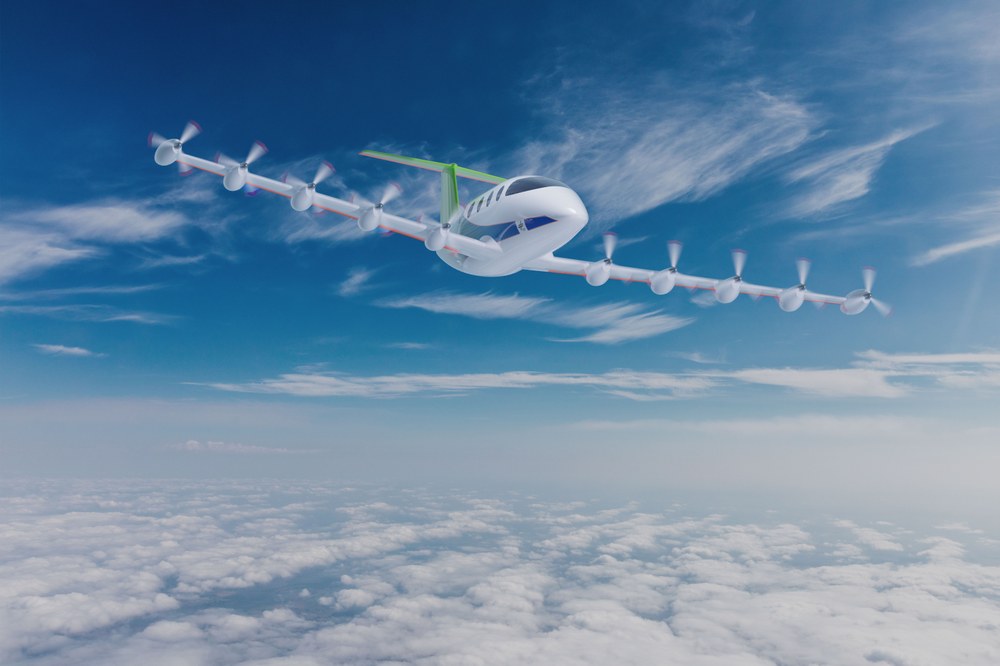FGAA
The FGAA project shows the progress of the 2019 NASA/DLR Design Challenge results: A 9-seat aircraft for the US commuter market. The winner is called 'HyBird' and features advances in powertrain electrification, reducing cost and emissions through the use of a gas generator and electrically powered propellers. The project will quantitatively compare different power and propulsion concepts to explore the best propulsion integration. In the implementation phase, optimized aircraft concepts will be designed based on promising configurations and identified key technologies.
Aim of FGAA
The global developments and discussions of recent years have made the urgency of developing and implementing climate-neutral flying strong. If we look at general aviation, in which aircraft are often used for business trips, it becomes clear that this sector has significant CO2 emissions. Just one hour of flying can emit up to 2 metric tons of CO2 - which is roughly equivalent to the annual available CO2 budget per person of 2.3 metric tons to meet the 1.5-degree target.
Based on a concept study with large configurational design space, the goal is to design a CS-23 certification category carbon-neutral small aircraft. The aircraft should be able to carry 5-9 passengers at least 1,000 km. To achieve this, methods for modeling and analyzing modular powertrains will first be developed. The integration of these innovative powertrains raises flight mechanics issues, the answer or validation of which involves extremely cost-effective, scaled flight experiments.
Contribution to electric aviation
Based on the developed concept, a flying, instrumented test vehicle (scaled demonstrator) with a maximum weight of 25 kg is currently being built in cooperation with Airbus ProtoSpace Hamburg. Results of the test carrier in flight tests are to be subsequently fed back into the virtual flight physics evaluation models. Particular emphasis will be placed on the realization of the hybrid electric propulsion architecture.
At the end of the project, the design of a climate-neutral small aircraft is to be completed, which can be made available for widespread use.
Project data | |
|---|---|
Term | 3 years |
Participating institutes |

